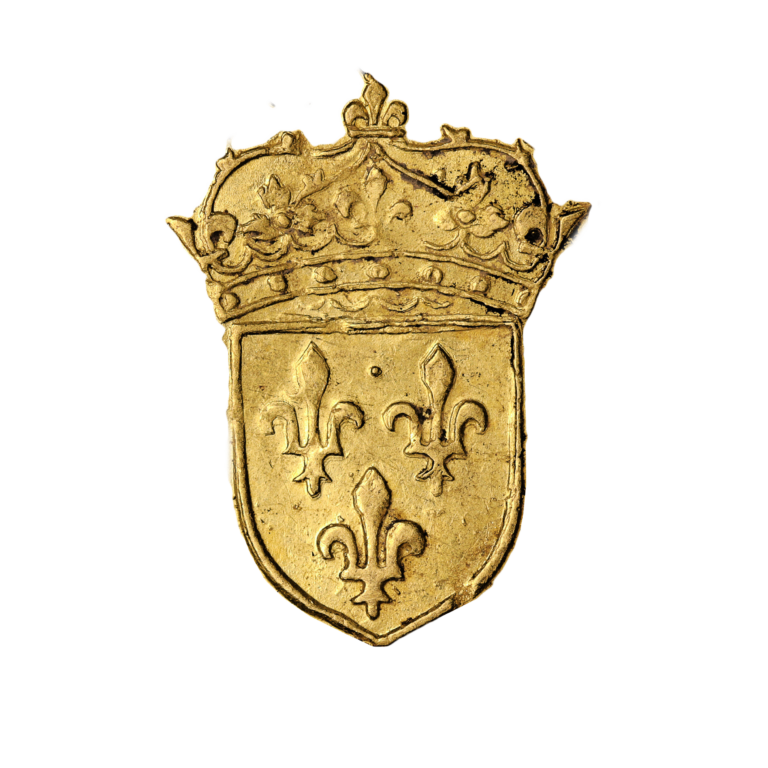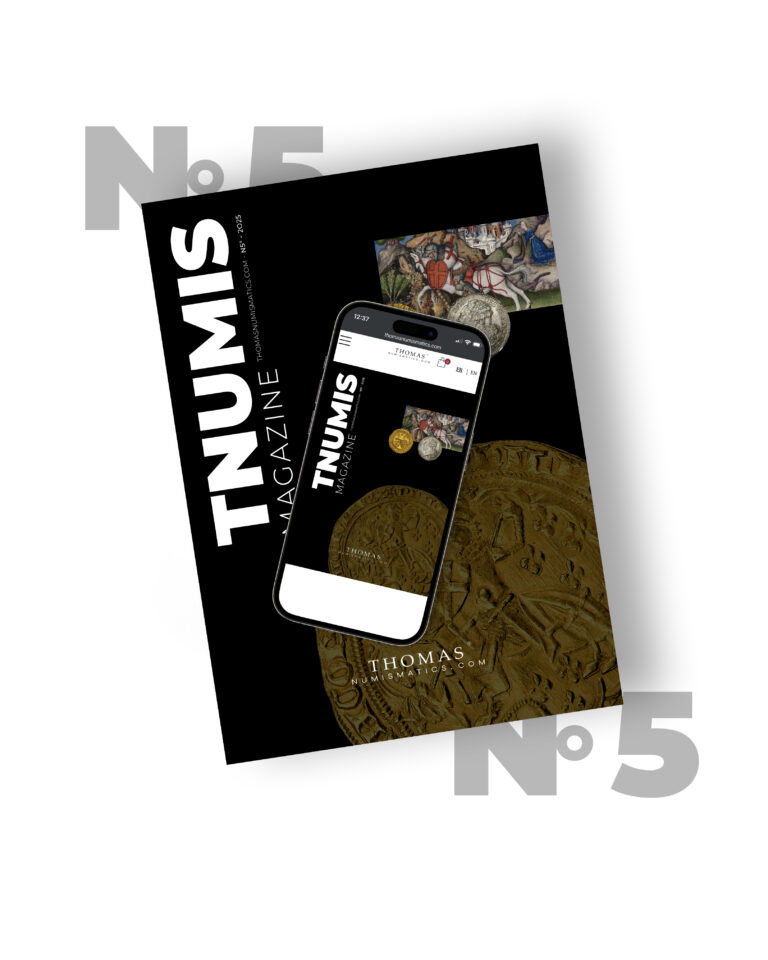
Discover all the news and articles from TNUMIS Magazine exclusively
The Titanic story
The RMS Titanic was made world-famous in 1997 with James Cameron’s film. Destined to carry the British mail, the liner was at first the pride of England, praised for its technology and the emblem of the country’s maritime know-how. However, its first journey did not go according to plan, and it was the scene of one of the most catastrophic shipwrecks of the 20th century.
The mythical RMS Titanic
J. Bruce Ismay and James Pirrie decided to build the mythical Titanic, over a dinner in London in 1907. The two men from the White Star Line wanted to surpass the competition and revolutionize the maritime world. But how? By building three great luxury liners that would be the envy of the world. They would link England (Southampton) to the United States (New York) in six and a half days, with a weekly departure.
Construction of the Olympic, Gigantic and Titanic began a year later in Belfast, at the Harland and Wolff shipyards. Architect Alexander Carlisle and chief shipyard engineer Thomas Andrew defined the general characteristics of the three ships. At 269 meters long, 28 meters wide and 45,000 tons, they would be the largest ships in the world.
The Titanic was completed in March 1909. It was able to carry 3,503 passengers, including 885 crew. It featured revolutionary technology: its 46,000-horsepower propulsion was orchestrated by three propellers, two reciprocating steam engines and a low-pressure turbine. Its average speed is 22 knots.
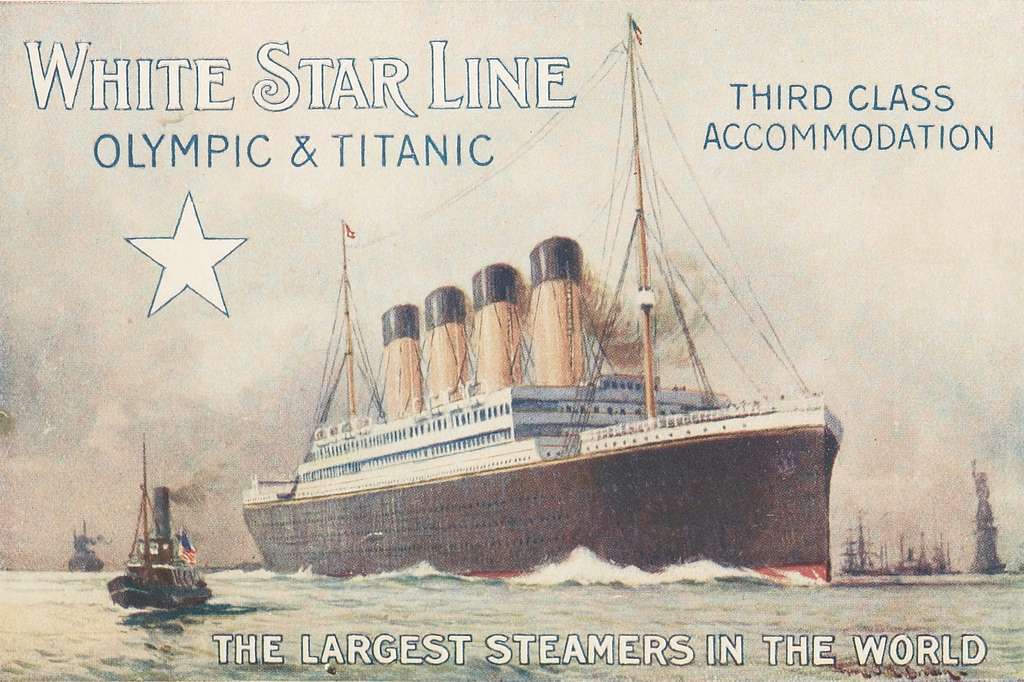
Contrary to popular belief, particular attention was paid to the safety system: double-bottom hull, watertight compartments with electric door closures, machinery spaces with evacuation pumps, top-of-the-range radio installation, lifeboats for 1,178 people… The Titanic had to be able to continue sailing in the event of two main compartments being submerged.
On May 31, 1911, the transatlantic liner weighed anchor in Belfast in front of thousands of spectators. It would take ten months to complete the interior fittings. On April 10, 1912, the transatlantic was in Southampton, ready to leave for New York.
The sinking of the Titanic
Four days after its departure, on the night of April 14 to April 15, 1912, the accident was inevitable. At around 11:40 pm, Frederic Fleet and Reginald Lee Robinson, the two lookouts, spotted a huge iceberg and rang the bell. But it was already too late, and the boat hit the huge mass of ice. Everything went very fast. In the lower parts of the Titanic’s bow, the water quickly hit four meters high. At 11:58 pm, the captain radioed a distress signal. Ten minutes later, the transatlantic began to sink forward. The first lifeboats were launched at 0:45 am. Radio messages and distress rockets were launched. At 2:15am, the liner broke in two. At 2:20 am, the Titanic is officially declared shipwrecked. 1502 people perished in the accident.

Discovering the Titanic
The Titanic sank to a depth of 3,800 meters in the Atlantic Ocean. For many years, the exact location of the wreck remained unknown.
Although some families wished to recover the bodies of their loved ones immediately after the sinking, the cost proved too high. In the years that followed, several projects were considered: submersibles with electromagnets, inflating the Titanic with nitrogen or Vaseline to bring it to the surface, etc. All proved impracticable.
From the 1950s onwards, more serious expeditions were undertaken. And yet, traces of the Titanic still eluded researchers. So much so that some scientists questioned the veracity of the position given by the crew at the time of the disaster. Others believed that the storm of 1929 definitively destroyed what was left of the Titanic.
In 1985, a search campaign was launched by Ifremer, the French Research Institute for Exploitation of the Sea, and the American Woods Hole Oceanographic Institute. On September 1, oceanographer Jean-Louis Michel discovered the wreck of the Titanic, 650 km off the Canadian coast.
In 1986, the first expedition to explore the wreck was led by Robert Ballard, supported by Woods Hole. No objects were recovered during Ballard’s expeditions, as he regarded the wreck as a tomb.
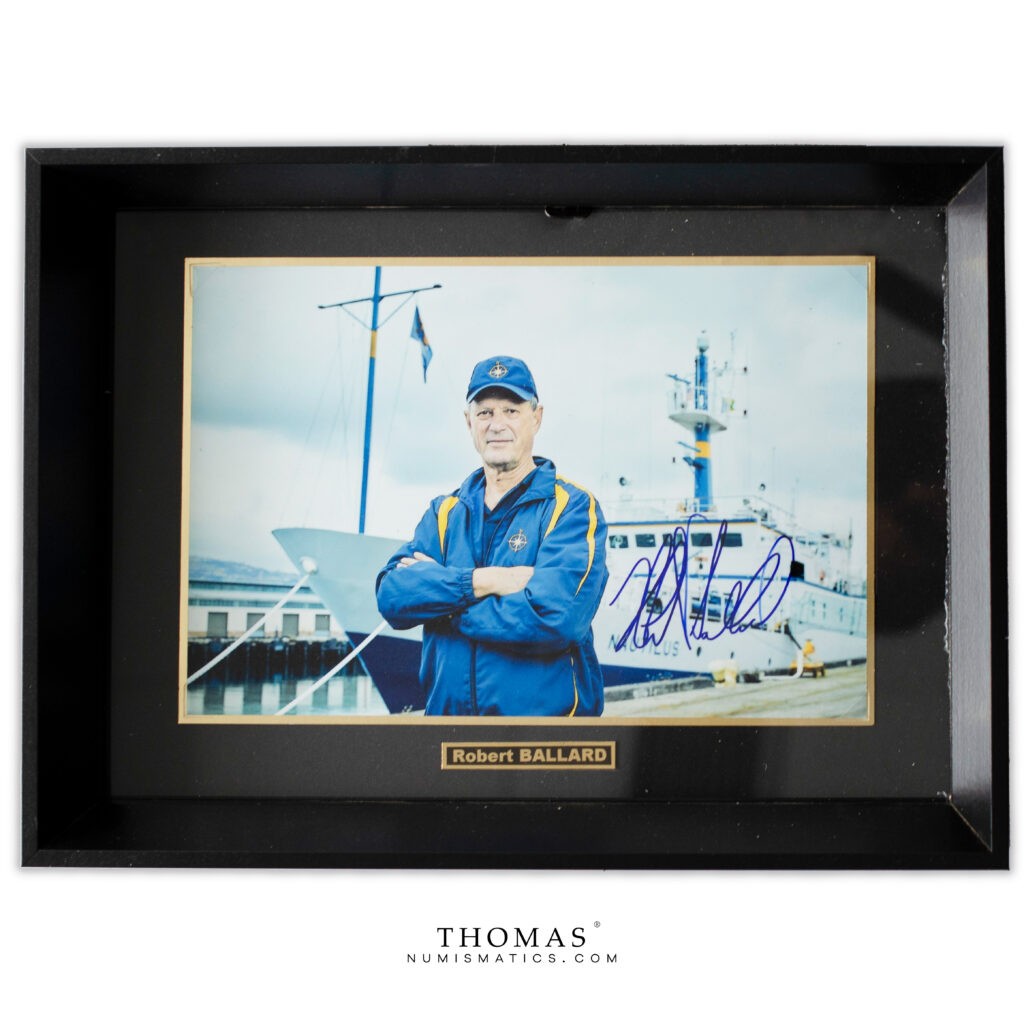
In 1987, a new expedition was organized by RMS Titanic Inc. and Ifremer. This was followed by four further expeditions using a submarine, the Nautile. 12,000 photographs of the wreck were taken and thousands of objects brought to the surface.
Cinematic expeditions were also carried out in 1991 by a team of Russian filmmakers, and in 1995 by James Cameron, in preparation for his film Titanic.
The return of objects from the ship created considerable controversy. For some, it was nothing less than looting. The Federal Court finally recognized RMS Titanic Inc. as the sole owner of the objects, even though the ship was in international waters. The company continued its recovery expeditions until 2004.
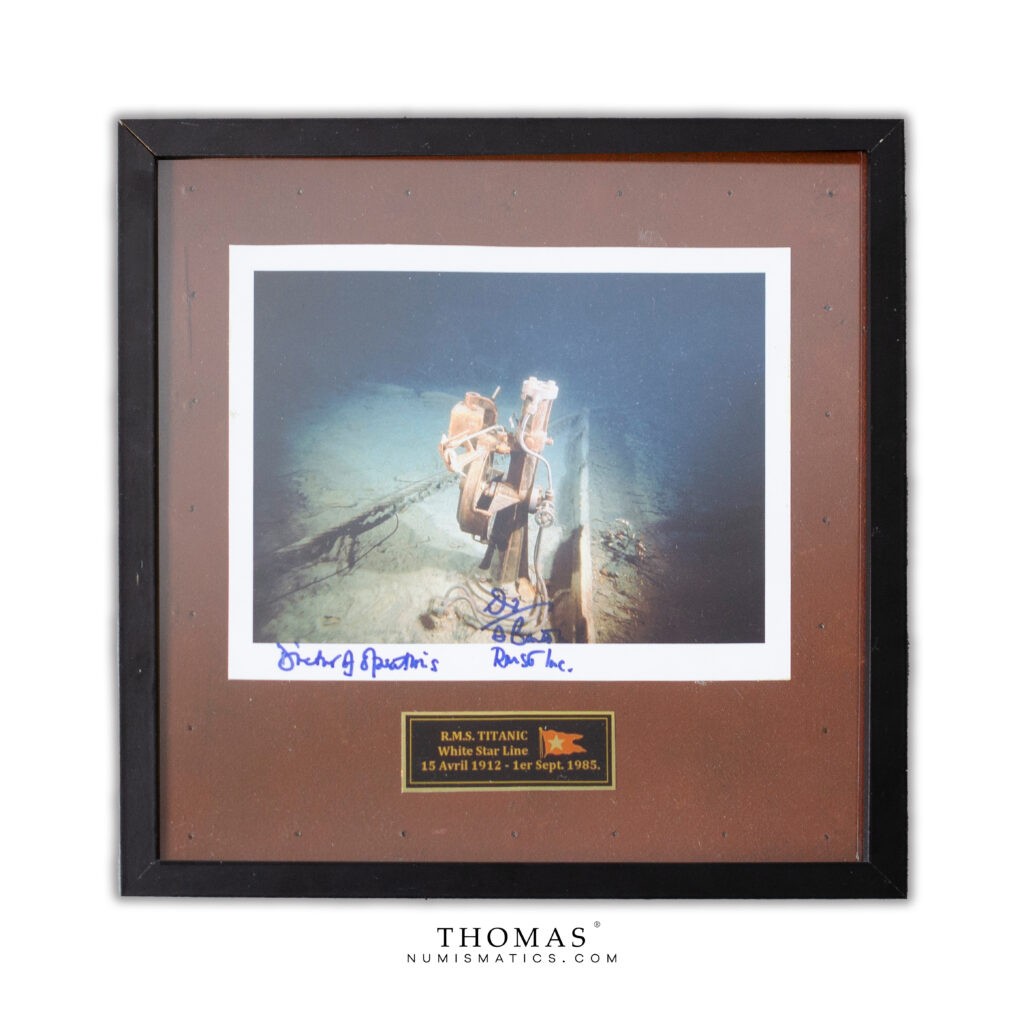
In June 2006, a treaty was signed between the United States and the United Kingdom to protect the site and stop salvaging objects. British Maritime Minister Nusrat Ghani declared: “This momentous agreement with the United States to preserve the wreck means that it will now be treated with sensitivity and respect due to the final resting place of 1500 people”.
However, the Titanic’s deterioration was accelerating. In August 2010, RMS Titanic Inc. and Woods Hole decided to map the site in 3D in anticipation of its demise. Every detail was filmed and recorded by unmanned robots. This expedition significantly improved our knowledge of the site and produced new high-definition images of the wreck.
In 2020, a new Caladan Oceanic team returned to the wreck aboard the oceanographic vessel DSSV Pressure drop and the submersible Limiting factor to measure degradation. In fact, the numerous human explorations since 1985 had left traces of pollution that had encouraged the proliferation of bacteria known as rusticles. This latest exploration has enabled the creation of an extremely accurate photogrammetric model of the wreck.
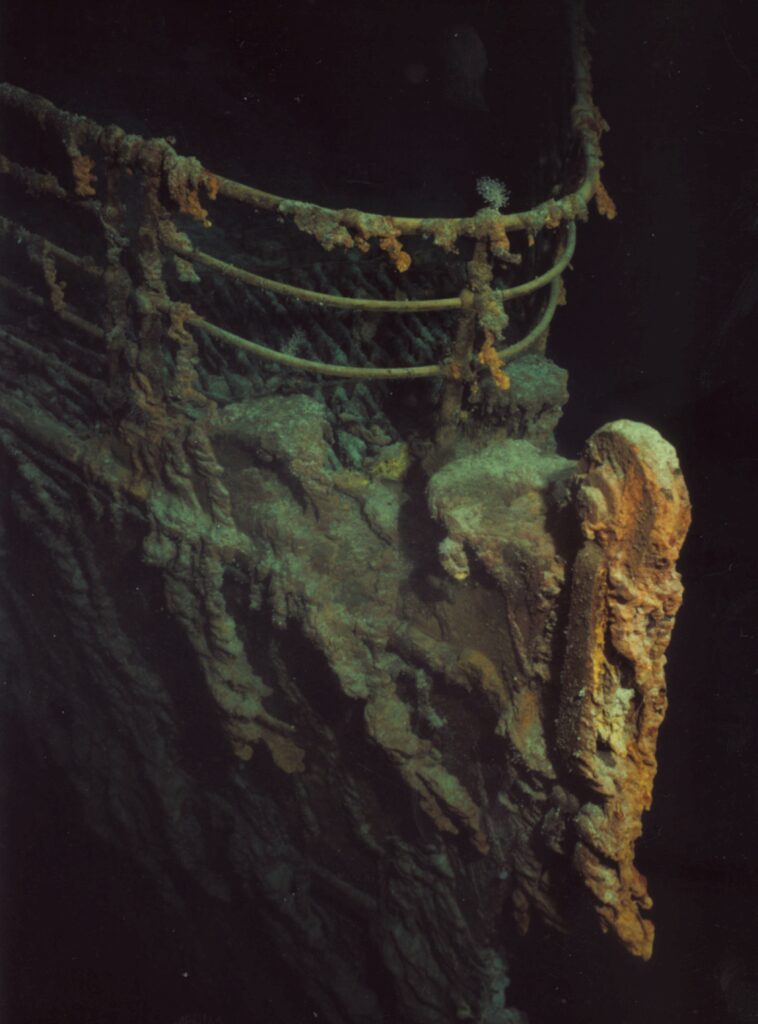
Titanic’s treasure
Between 1987 and 1998, RMS Titanic brought over 5000 objects to the surface. Yet historians estimate that only 5% of the cargo was recovered. The RMS Titanic therefore continued to fascinate researchers, who imagined that a gigantic treasure still lurked in the depths.
The list of goods declared on board the Titanic included :
- diamonds belonging to two Swiss brothers who died during the tragedy, valued at $300 million;
- three crates of Egyptian works of art destined for the Denver Museum;
- prestigious works of art;
- diamonds from the South African mining company De Beers, valued at €220 million;
- a copy of the Rubayats, 12th-century Persian manuscripts by Omer Khayyam (1047-1123), adorned with precious stones and gold;
- the first two Marconi radio sets;
- the first-class safe, containing jewels and silver valued at €300 million.
Today, the total value is estimated at seven hundred million euros…
All the same, the various salvages have brought to the surface objects of all kinds, more or less prestigious: crockery, personal effects, clothes, banknotes, identity papers, etc. Restored, some have found their way into museums and touring exhibitions, while others have been sold to the delight of collectors.
Auctions organized by Henry Aldridge & Son in the UK have brought together a number of prestigious Titanic souvenirs. The latest auction, held on November 19, 2022, included the following items in its catalog:
- A pocket watch, still displaying the time of the tragedy, sold for €113,000;
- A first-class menu dated April 10, 1912, sold for €57,000;
- A list of first-class passengers kept by a bettor, sold for over €47,000;
- A brooch at the heart of a love story, bought for over €78,000;
- Part of a restaurant column sold for around €27,000.
The record sale dates back to 2013. Wallace Hartley’s violin sold for over €1.2 million.
Thomas Numismatics specializes in shipwreck treasures. Discover emblematic pieces for sale in our online store.
Sources :
Cherbourg Titanic
Chasses au trésor
Géo
Ouest-France
Le temps
Paris Match
Titanic
Wikipedia

